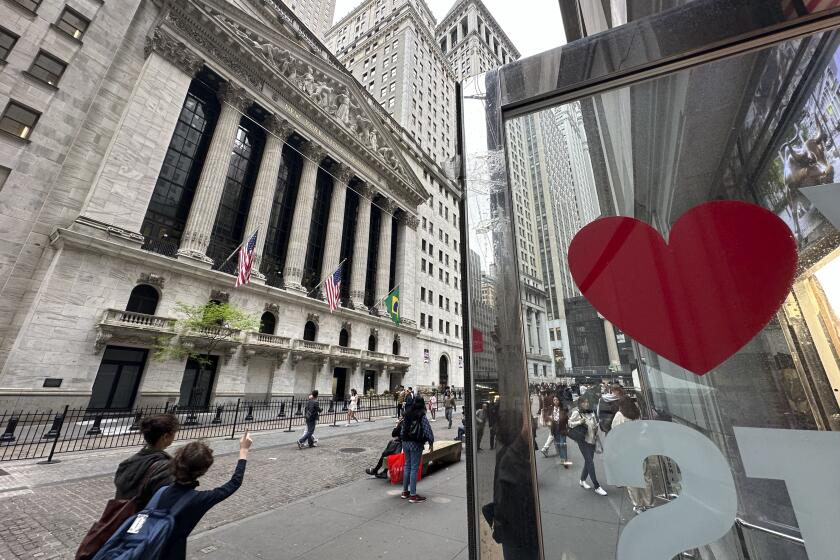Near-term outlook upbeat for International Paper
Question: What should I expect from my shares of International Paper Co.?
Answer: As the economy recovers, more corrugated cardboard boxes are needed to ship products of all kinds.
The world’s largest paper and packaging company, International Paper, is benefiting not just from a rising volume of boxes sold, but also from an increase in the prices it can charge for them.
The outlook for box demand is especially promising in fast-growing emerging markets. In March, the company said it would acquire up to 75% of Indian paper manufacturer Andhra Pradesh Paper Mills Ltd. Last year it bought SCA Packaging Asia, which operates primarily in China but also in Brazil and Russia.
Long-term, however, the paper industry in North America and Europe is in decline. In addition, many customers view its basic products as commodities and simply shop for the lowest price.
In 2010, International Paper earned $644 million, down 2.9% from 2009, on sales of $25.2 billion, up 7.8%.
The company’s share price has increased nearly 20% this year after edging up last year and more than doubling in 2009.
The firm slashed its dividend during the recession but has boosted it three times in the last year. The payout is now above its pre-2009 rate, with an annual yield equal to 3.25% of the stock’s price.
International Paper bought Weyerhaeuser’s packaging assets in 2008. It has exited several noncore businesses and aggressively cut costs.
Although the company reduced its debt and pension liabilities last year, some analysts say they remain big enough to limit the firm’s ability to increase capital expenditures.
Analysts’ ratings on International Paper consist of six “strong buy” grades, five “buys,” two “holds” and two “underperforms,” according to Thomson Reuters.
Volatility of Templeton Global Bond is issue
Question: Does a global bond fund make sense for my fixed-income investing? What about Templeton Global Bond Fund?
Answer: This fund is too volatile to be your dominant bond investment but could complement more predictable fixed-income choices.
The $55.7-billion portfolio primarily owns obligations of foreign governments, along with foreign and U.S. corporate debt and U.S. municipal securities. But its volatility is magnified by exposure to emerging markets and to changes in exchange rates. The fund also “shorts” some bonds, speculating that their market prices will decline.
The fund’s long-term performance ranks it at the top of the global bond fund category, with annualized total returns of 11% to 12% over the last three years, five years and 10 years. In the last 12 months, however, it returned 10%, underperforming about three-fifths of its peers.
“Don’t put all your fixed-income money in this fund,” said Miriam Sjoblom, mutual fund analyst at Morningstar Inc. “It is for an investor who wants diversification” away from a traditional intermediate-term U.S. bond fund.
The fund imposes a 4.25% sales charge, or “load,” on purchases of fund shares and requires a $1,000 minimum initial investment. It last reported paying management expenses equal to 0.91% of fund assets.
Andrew Leckey answers questions only through the column. Write to him at yourmoney@tribune.com.






